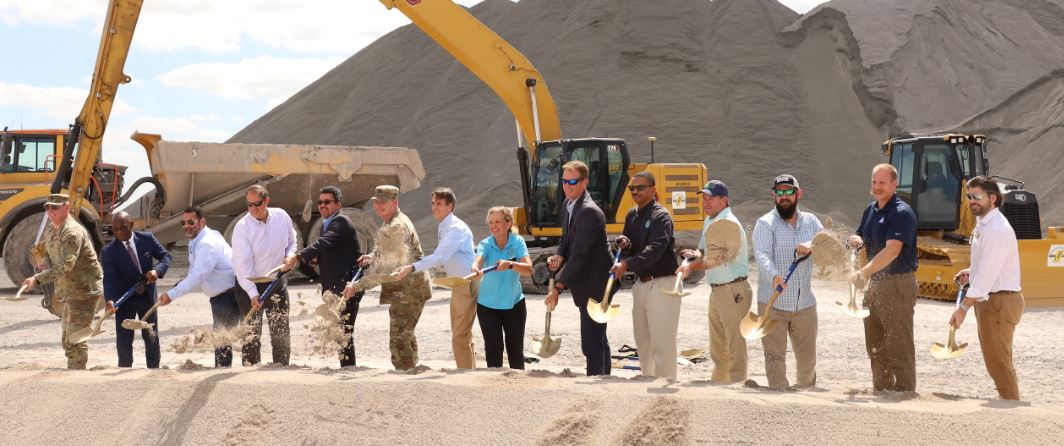A major step forward for Everglades restoration took place this week with the groundbreaking of the Everglades Agricultural Area Reservoir, a critical project needed to reduce harmful Lake Okeechobee discharges to the coasts and send water south to the Everglades where it’s needed.
“Our community of supporters across the country is celebrating this momentous occasion,” said Capt. Daniel Andrews, Executive Director of Captains For Clean Water. “Following Governor DeSantis’ bold leadership to expedite the STA, we applaud the Army Corps’ diligence to break ground on the EAA Reservoir—the keystone project of the largest ecosystem restoration project in the world. Countless groups and individuals work tirelessly to drive Everglades restoration forward, and today, our efforts are rewarded as we get to celebrate this shared win for clean water and America’s Everglades.”
This project is considered the “crown jewel” of Everglades restoration and will provide the greatest relief to the most affected areas. Construction is estimated to be complete by 2030.
“This project is truly a game changer for the Everglades.”, said Col. James Booth, Commander, Jacksonville District. “We will be able to capture, store, treat and release lake water to the central and southern Everglades instead of losing it to tide or having to send it to the estuaries.”

EAA Reservoir Facts
· Everglades Restoration is a 50/50 cost-share arrangement between the state and federal governments and is carried out by the Army Corps of Engineers (federal) and the South Florida Water Management District (state).
· The EAA Reservoir is one of 68 projects outlined in the Comprehensive Everglades Restoration Plan (CERP) which was authorized by Congress in 2000.
· The EAA Reservoir project is made up of two main components: a storage reservoir and a stormwater treatment area (STA).
· The 10,500-acre reservoir is a massive deep-water reservoir that will store excess Lake O water, preventing it from being discharged to the coasts. Its footprint will span approximately 16 square miles once complete—the size of Massachusetts.
· The 6,500-acre STA will utilize a network of aquatic vegetation to clean the stored water, filtering out excess nutrient pollution before sending it south to the Everglades.
· The SFWMD began construction on the STA in 2020 and it’s targeted for completion in December 2023. Once finished, will be able to function at limited capacity until the reservoir comes online.
· It will take at least a year after construction to build up the STA’s water-cleaning capabilities as the nutrient-consuming vegetation grows in to provide adequate filtration, but water will start moving into the STA as soon as it’s complete, despite the status of the EAA Reservoir.


Comments are closed.